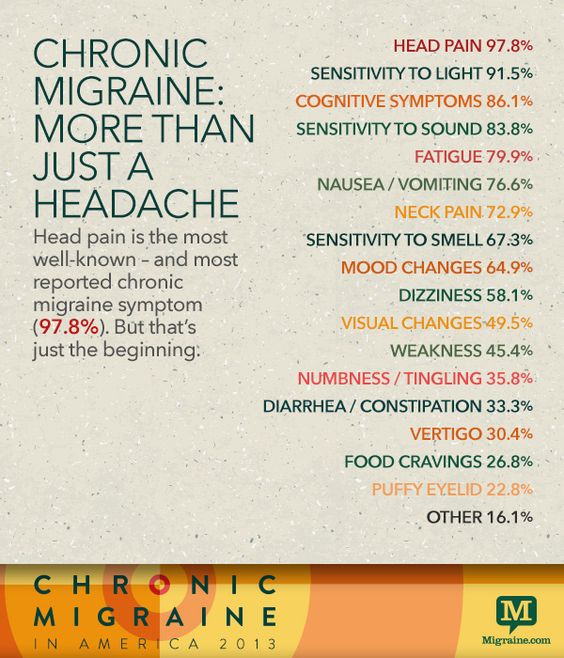Intractable migraines, also known as chronic migraines, are severe and disabling headaches that do not respond well to standard migraine treatments. These migraines often occur more than 15 days per month and can significantly impact the quality of life of affected individuals. This article aims to provide an overview of the treatment options available for intractable migraines.
The treatment approach for intractable migraines typically involves a combination of preventive and acute therapies. Preventive medications are prescribed to reduce the frequency and intensity of migraines. These may include antidepressants, antiepileptic drugs, beta-blockers, and others. The choice of medication depends on the individual patient’s medical history, response to previous treatments, and potential side effects.
When a migraine attack occurs, acute therapies are used to alleviate the symptoms. Nonsteroidal anti-inflammatory drugs (NSAIDs), triptans, and ergot alkaloids are commonly used medications. Triptans work by constricting blood vessels and reducing inflammation in the brain, while ergot alkaloids are vasoconstrictors that can help relieve the pain. It is essential for patients to promptly take acute medications at the onset of a migraine attack for optimal effectiveness.
In addition to medication, alternative and complementary therapies may also be considered in the treatment of intractable migraines. These can include acupuncture, biofeedback, relaxation techniques, and cognitive-behavioral therapy. These therapies aim to reduce stress levels, improve coping mechanisms, and promote overall well-being.
In cases where medication and other therapies are ineffective, interventional and surgical procedures may be considered as a last resort. Occipital nerve blocks, nerve decompression surgery, and neuromodulation techniques, such as occipital nerve stimulation or deep brain stimulation, can be options for some patients with severe and refractory migraines.
It is crucial for patients suffering from intractable migraines to work closely with their healthcare providers to develop an individualized treatment plan. Adjustments to medication dosages, lifestyle modifications, and ongoing monitoring may be necessary to manage this chronic condition effectively. With a comprehensive and multidisciplinary approach, the management of intractable migraines can be optimized, providing better quality of life for patients.
Can you have a migraine that doesn’t go away?
They can last for a few hours to a few days. But a migraine that lasts for more than 72 hours is called status migrainosus. A typical migraine can sometimes turn into status migrainosus if: You don’t get treatment early enough after the attack starts.Jan 4, 2023

Is it possible to have a never ending migraine?
People with NDPH have a headache that won’t stop and doesn’t get better with common treatments. For some people, the headache can last years or never goes away. Treatment options are available but aren’t always successful.
What is the difference between intractable and not intractable migraines?
What Makes an Intractable Migraine Different? Intractable migraine is different from a usual migraine in that use it lasts longer than a few hours and does not respond to medication that is usually effective for treating migraines.

Do intractable migraines ever go away?
You should also manage your expectations; there’s no “cure” for intractable migraine, and while preventatives and treatments can greatly minimize the frequency and severity of your migraine attacks, they probably won’t eliminate them entirely.
Can a chiropractor help with hormonal migraines?
This type of migraine comes from a drastic drop in the essential hormone chemicals, estrogen and progesterone. An alignment issue can disrupt the production of these hormones, so regular chiropractic care can really help to prevent and treat hormonal headaches.Apr 4, 2018
Can going to a chiropractor help with migraines?
Can a Chiropractor Treat Migraines? A skilled chiropractor can help relieve the symptoms of migraines and other types of headaches, usually through manual therapies like spinal manipulation, massage and other techniques. Chiropractic care is also helpful for treating tension headaches and cervicogenic headaches.Jul 5, 2022

Is a massage or chiropractor better for headache?
If your headaches stem from muscle tightness or stress, then massage therapy is clear choice. Your massage therapist in Bend will focus on trigger points in the back, shoulder, neck, and head. This technique releases pressure in the compressed nerves that are sending pain signals and making your headache worse.Jun 4, 2021
Should you get a massage if you have a headache?
Massage can help relieve headache pain, and it can also help to prevent headaches from occurring. Trigger Point Therapy and Neuromuscular Therapy can help decrease the pain and referrals into the neck and head. And quieting down a stressed nervous system overall can bring strong relief as well.


